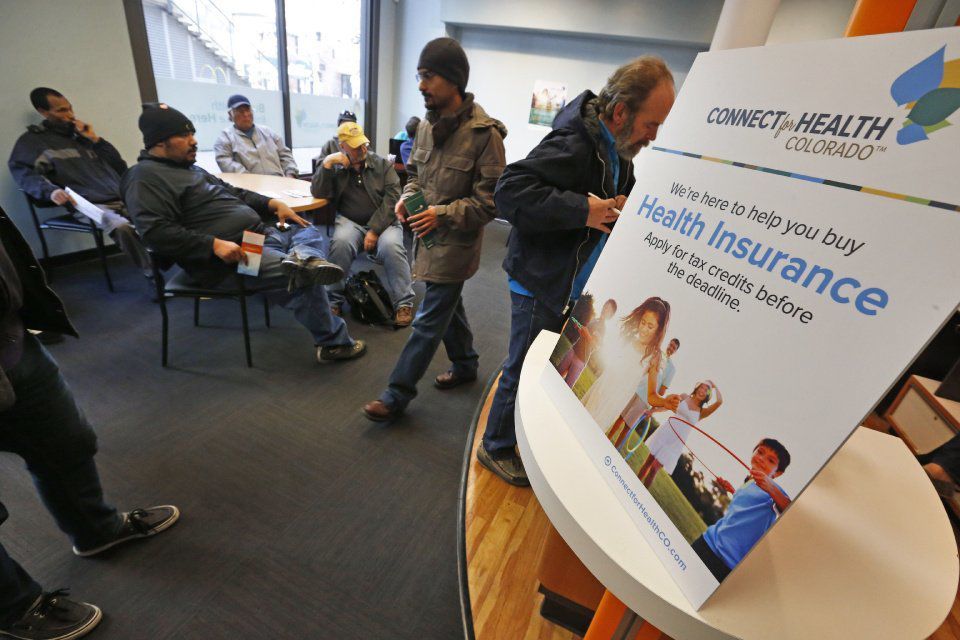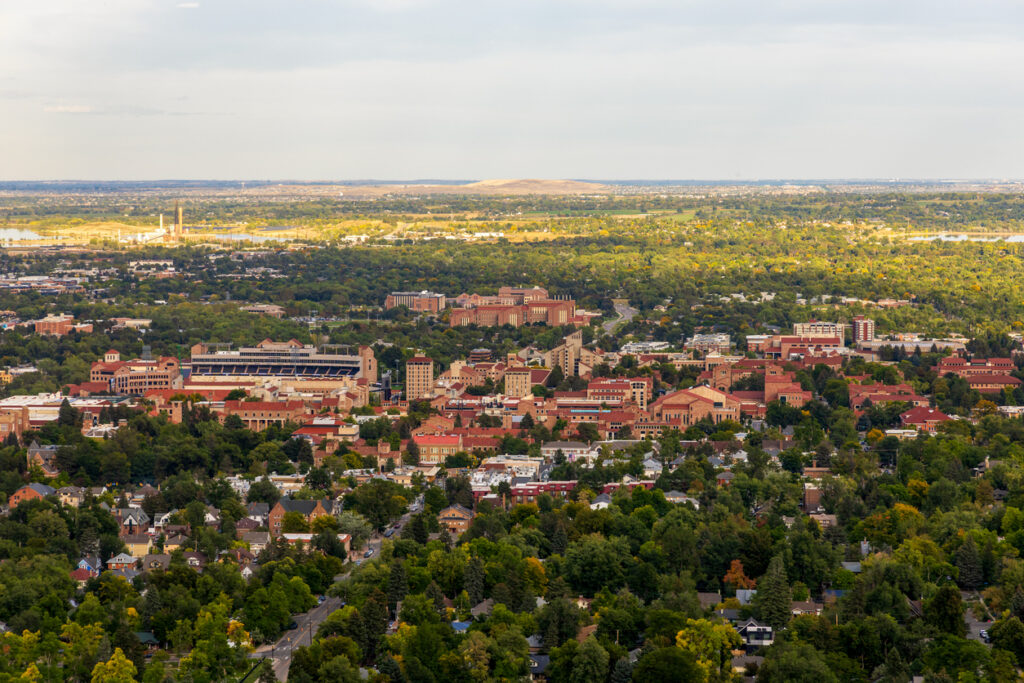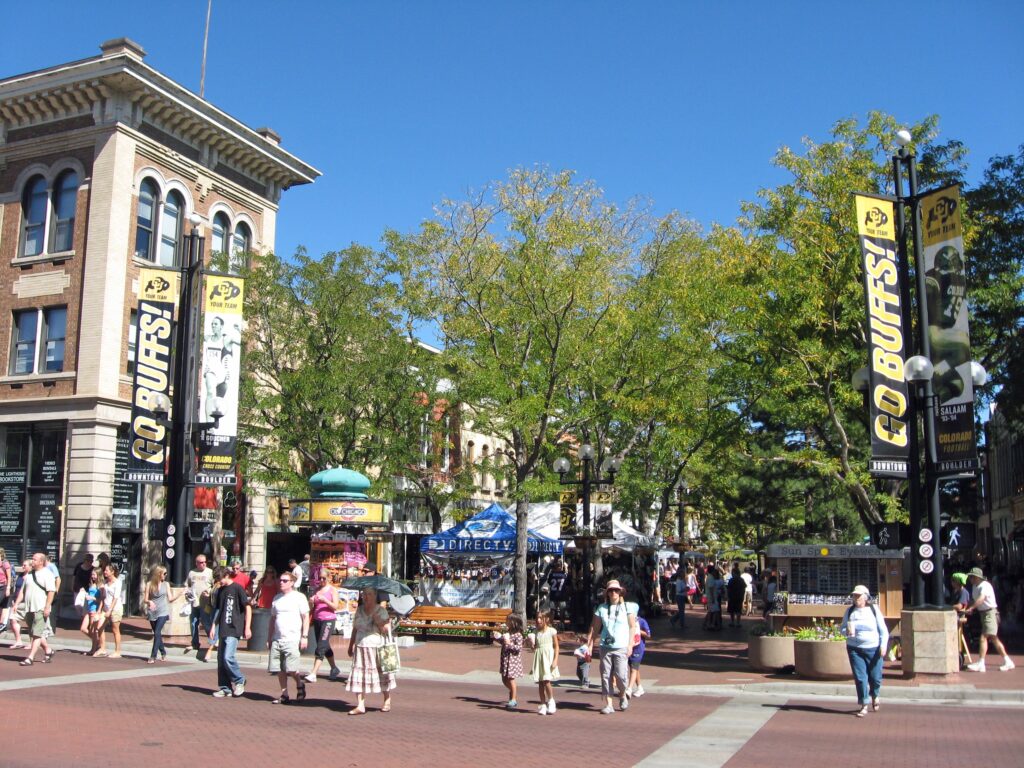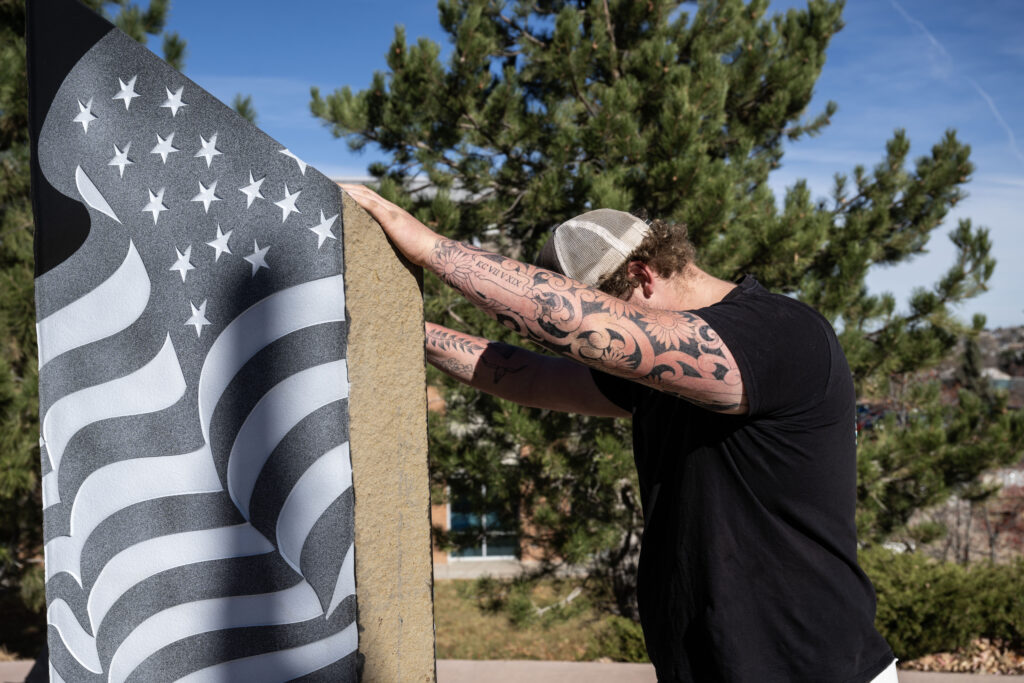Denver South I-25 corridor poised for growth, despite transportation challenges
The Denver South I-25 corridor is looking forward to a bright economic future with continued commercial and residential development around transportation hubs and expansion of industrial uses to the east of the corridor, around Centennial Airport, over the next 20 years.
That’s according to a new report from Denver South community and business leaders that updates a 2015 study with the existing conditions and trends and with forecast expectations for growth through 2054.
The goal, according to the report, is to ensure that the Denver south corridor remains “a premier business location in the region.”
There were about 152,500 jobs in the corridor in the first quarter of 2022. Finance and insurance comprise the largest group of workers, followed by professional, scientific, and technical services, with information and health care rounding out the top four industries.
Development of the southern I-25 corridor from I-225 to Lone Tree began in earnest with the Denver Tech Center in the 1980s, when 15 million square feet of office space was added, followed by another 19.7 million square feet by 2000.
The report points out that one of the most notable trends since 2006 has been the clustering of office and residential development around RTD’s nine light rail stations along the E, F, and R lines south of I-225.
Since the T-Rex I-25 widening project was completed in 2006, 83% of new office space was built within one-half mile of a transit station.
But transportation trends remain firmly ensconced in single-occupancy motor vehicle use, which dominates other transit options by 75% in 2023, down from 83% in 2019. The average one-way commute distance is 15 miles.
Use of the Regional Transportation District’s travel modes, including buses and light rail, dropped from a high of 9% in 2019, to 1% in 2021, likely, says the report, a function of the new remote-work paradigm post-COVID-19, and has recovered to 5% in 2023.
The proportion of remote workers started at 1% in 2019, jumped to 29% in 2020 and has fallen off to 18% in 2023.
From 2019 to 2022 RTD light rail ridership declined 52% on the R Line and 45% on the E and F Lines, 84% on bus route 73, and 66% on route 66, according to the report.
In a statement to The Denver Gazette, Stuart Summers, chief communications and engagement officer for RTD, said the district experienced a system-wide decline in ridership due to the COVID-19 pandemic.
“As we are all well aware, commuting trends have changed since the onset of COVID-19,” said Summers. “Many companies have adopted flexible work schedules, and more employees are now working remotely or hybrid. RTD is actively working to create a welcoming transit environment for customers and encourage people across the Denver metro area to explore new commuting habits using our services.”
Lone Tree’s Link on Demand fare-free public transportation service began in 2014 and has reached nearly 36,000 annual riders in 2023. Link on Demand is an app-based platform offering rides within Lone Tree city limits. It’s supported by several area businesses with high employee concentrations there.
As of 2023, there were about 7,181 hotel rooms in the corridor. No new hotels have been built since 2019, but one project, the 190-room Kimpton Hotel is expected to open near the Belleview Station this year.
Residential multi-family housing has increased by 91% from 2012 to 2021, adding nearly 17,000 units — or about 770 apartments per year since 2001. As of 2023, there are 16,716 multifamily apartment units. Vacancy rates have dropped from a peak of about 15% in 2014 to 6.1% in 2023.
Single-family, townhome and condominium development since 2012 has added only 821 units, some 9% of total housing added.
The report shows the corridor has the capacity to support a similar growth rate over the next 20 years, which adds to the transition from being primarily an office employment area to a more mixed-use environment.
Denver South offers economic development services. For more than 30 years, “Denver South has been the nexus between public and private sectors, driving forward regional collaborations to make this one of the premier places in the world to start, grow, and locate a business,” according to its website.


















